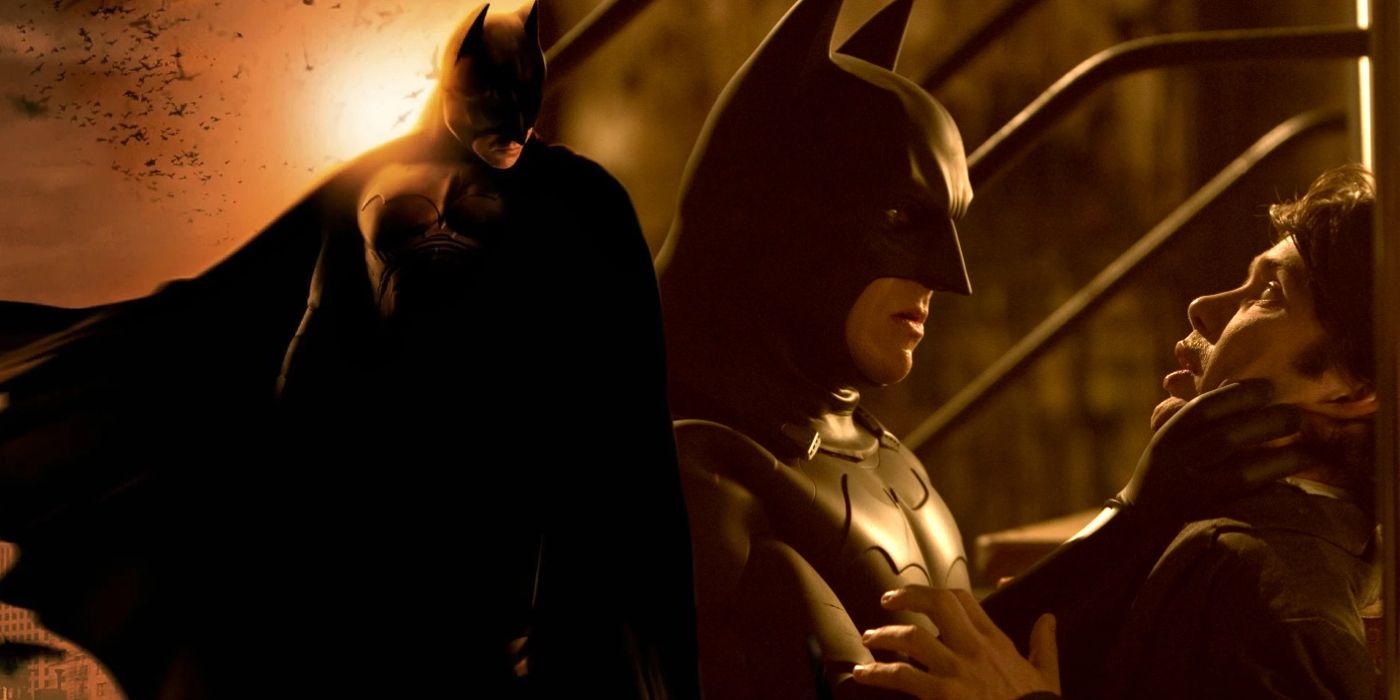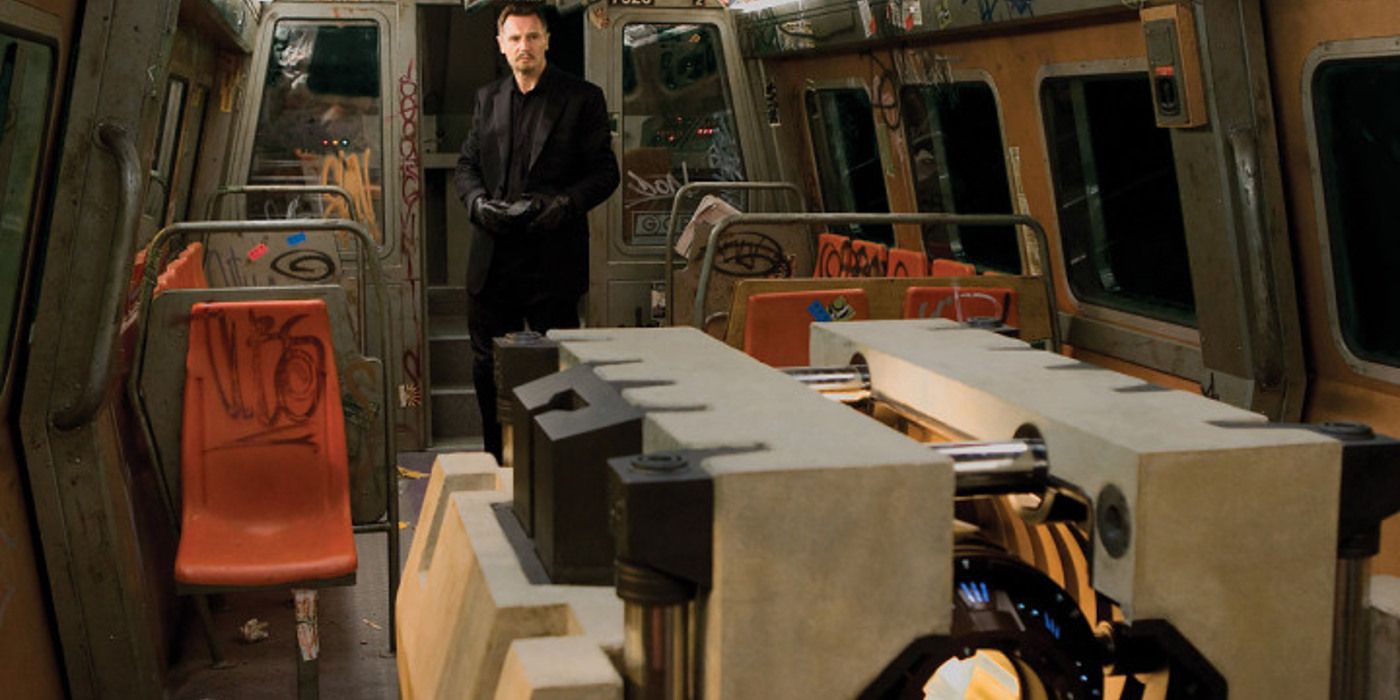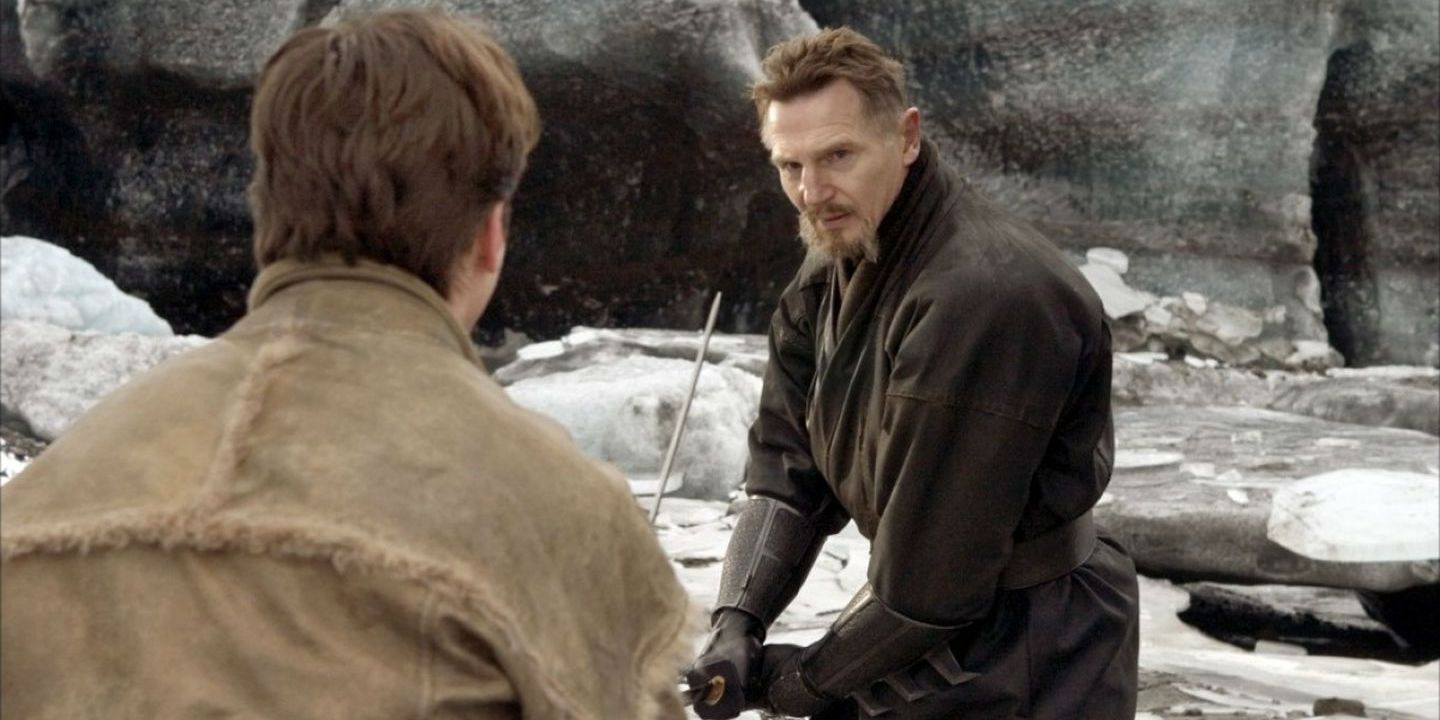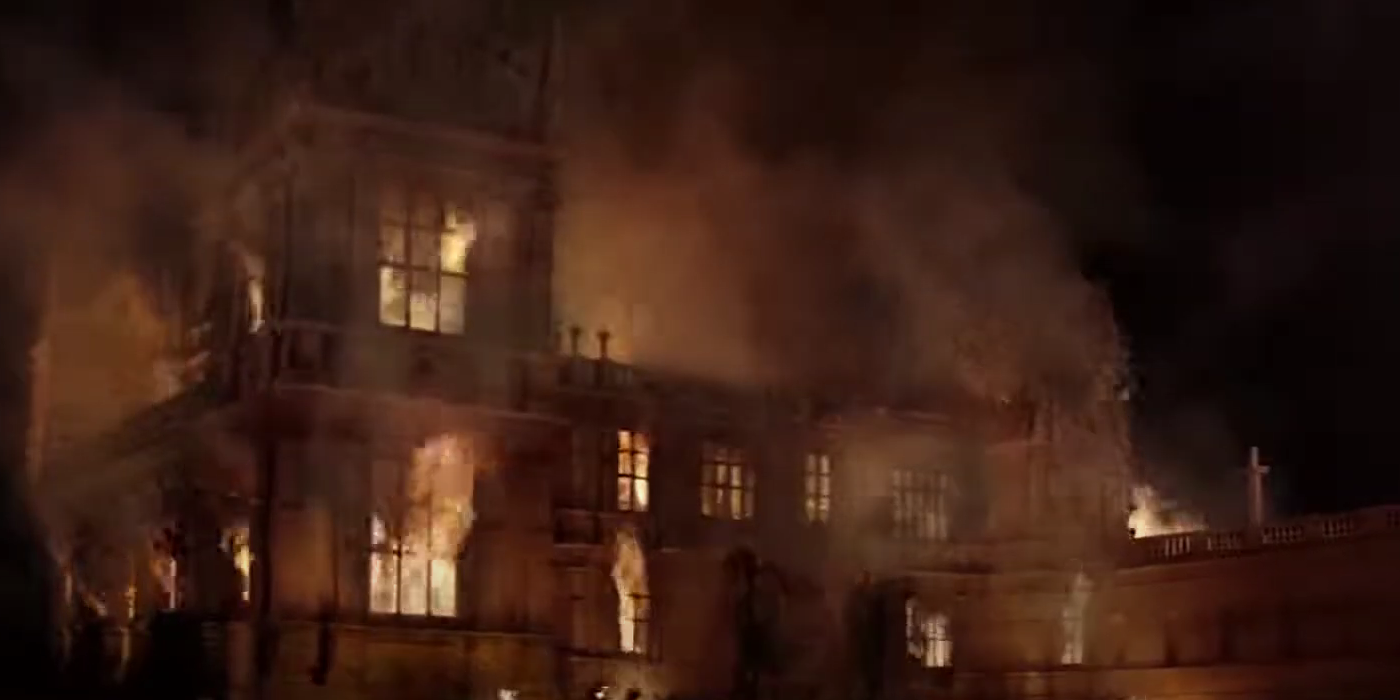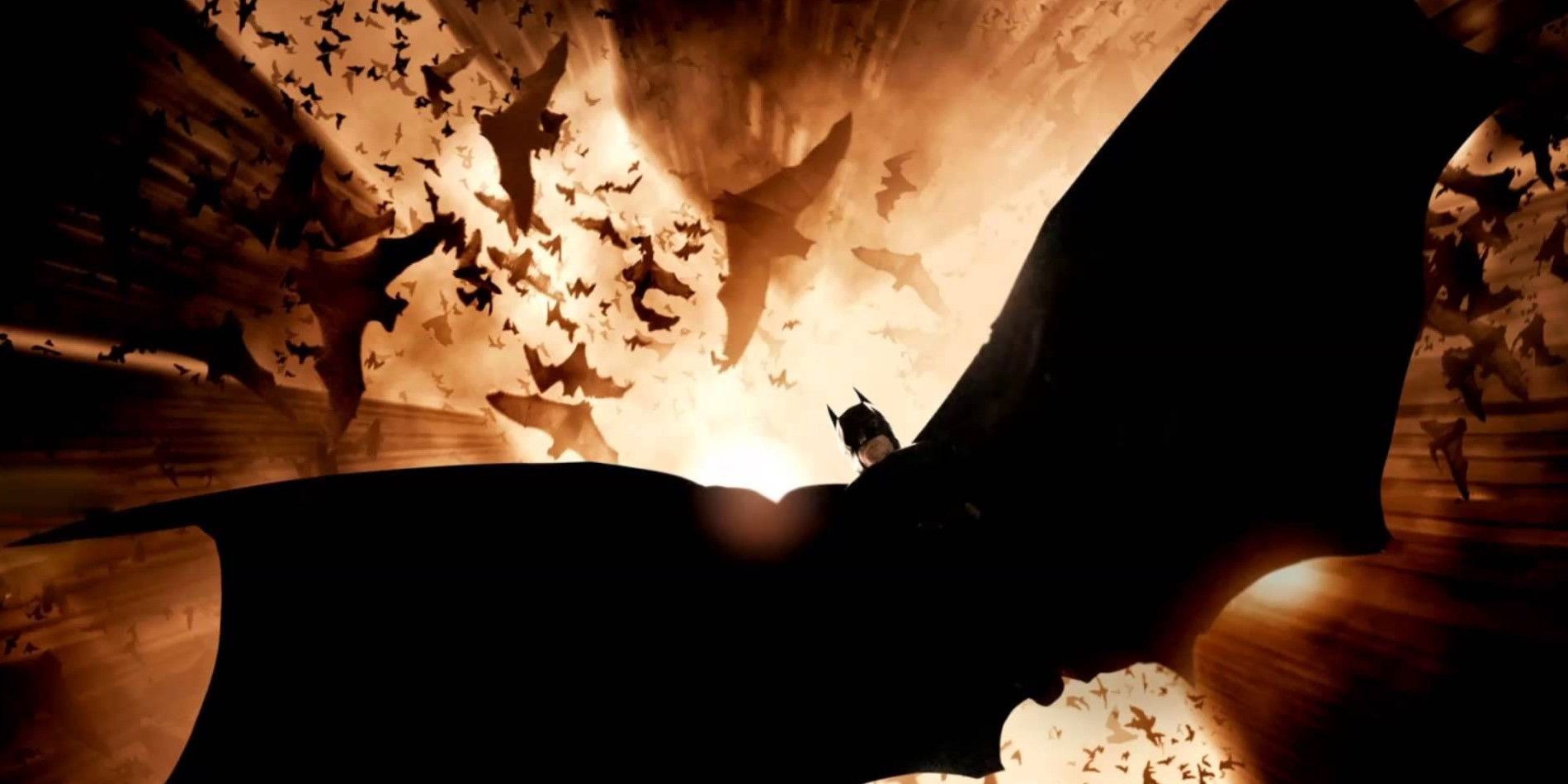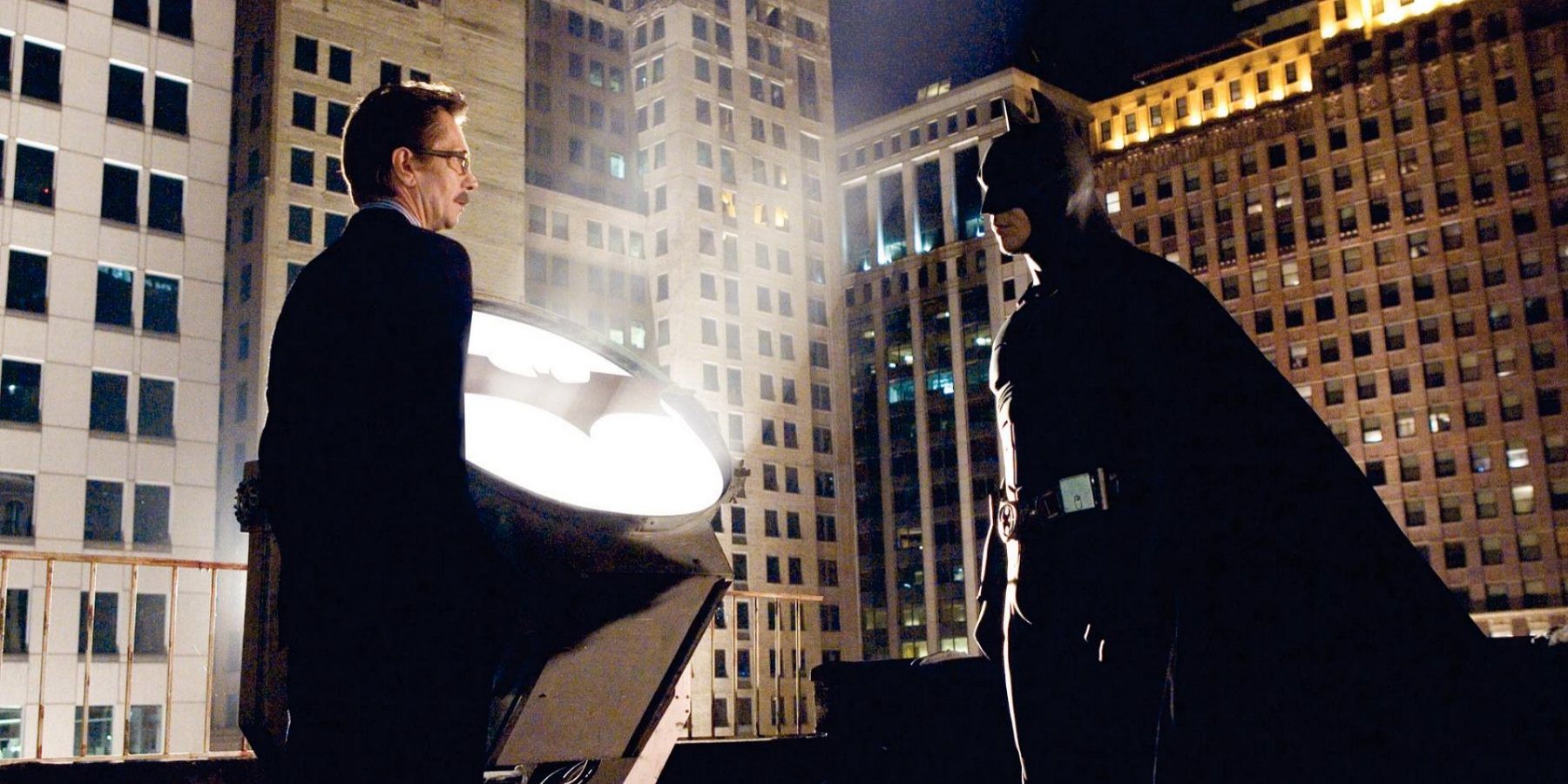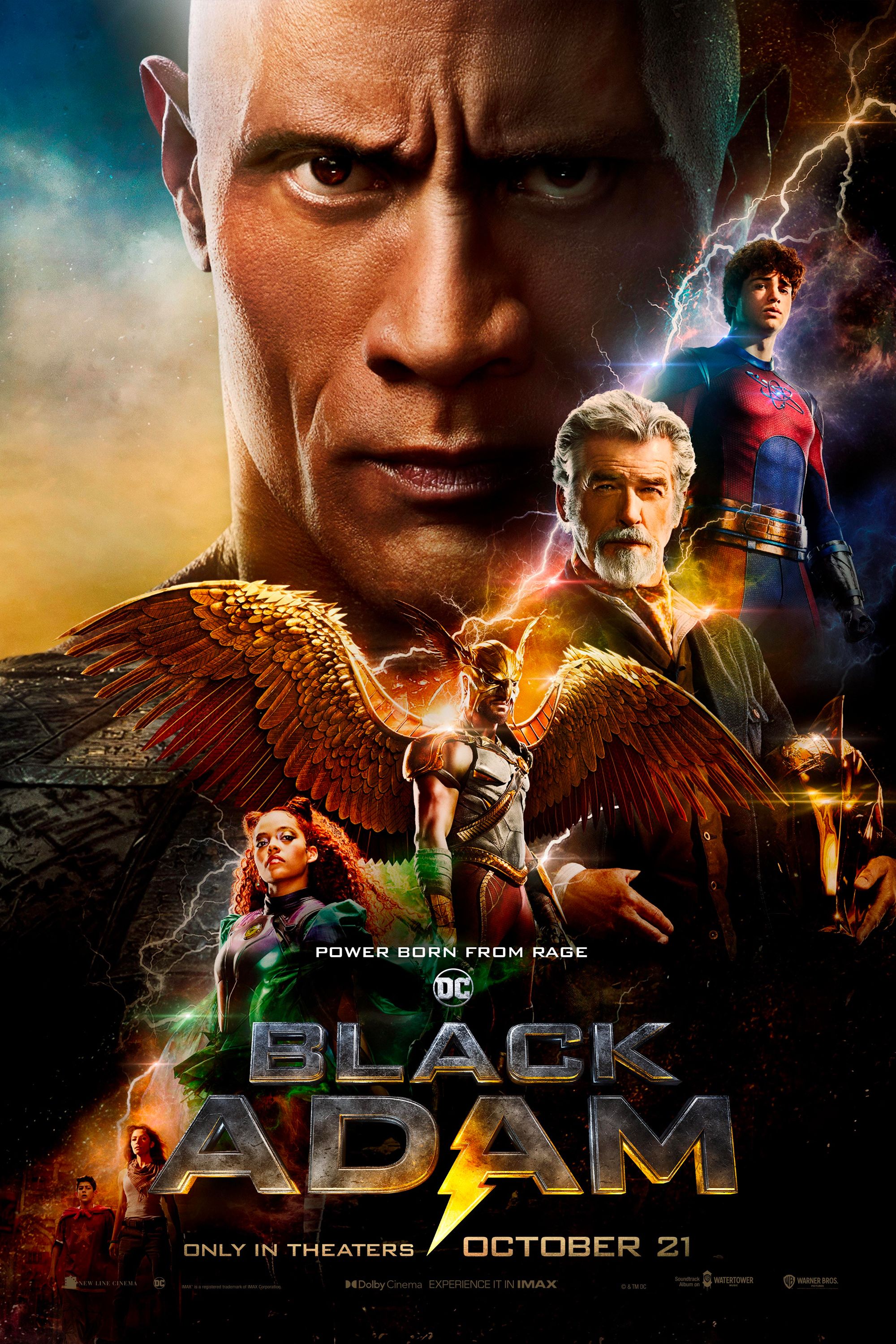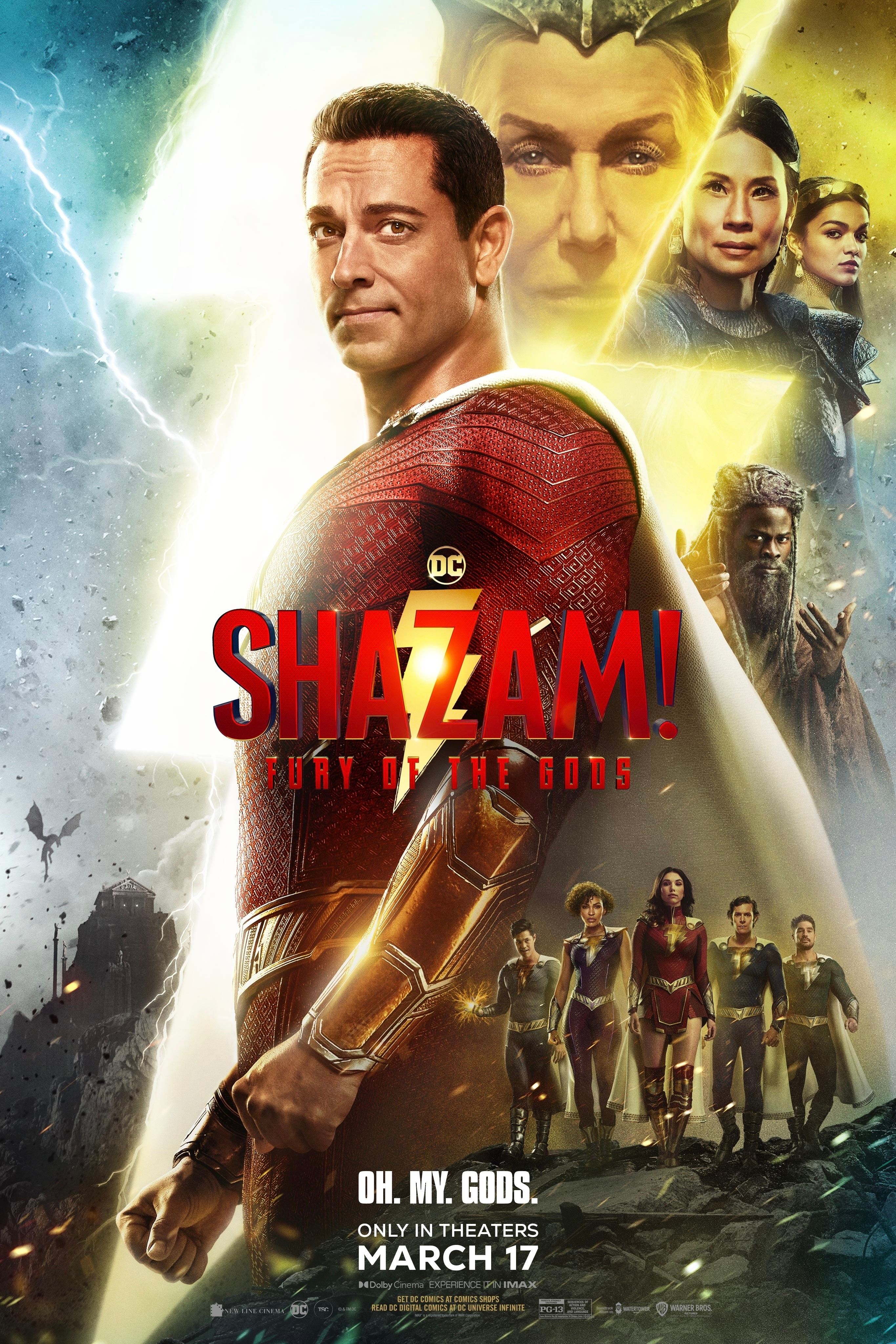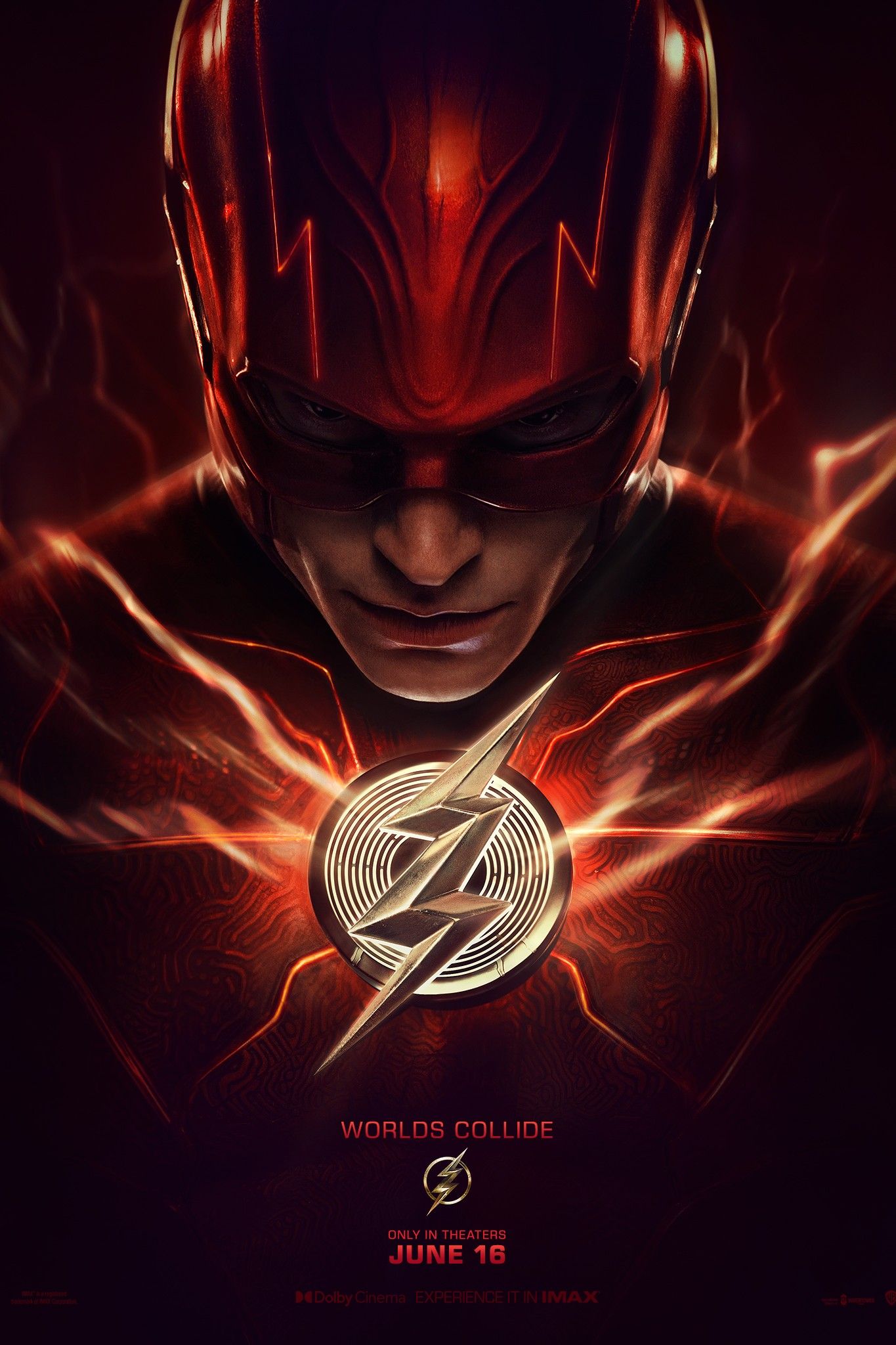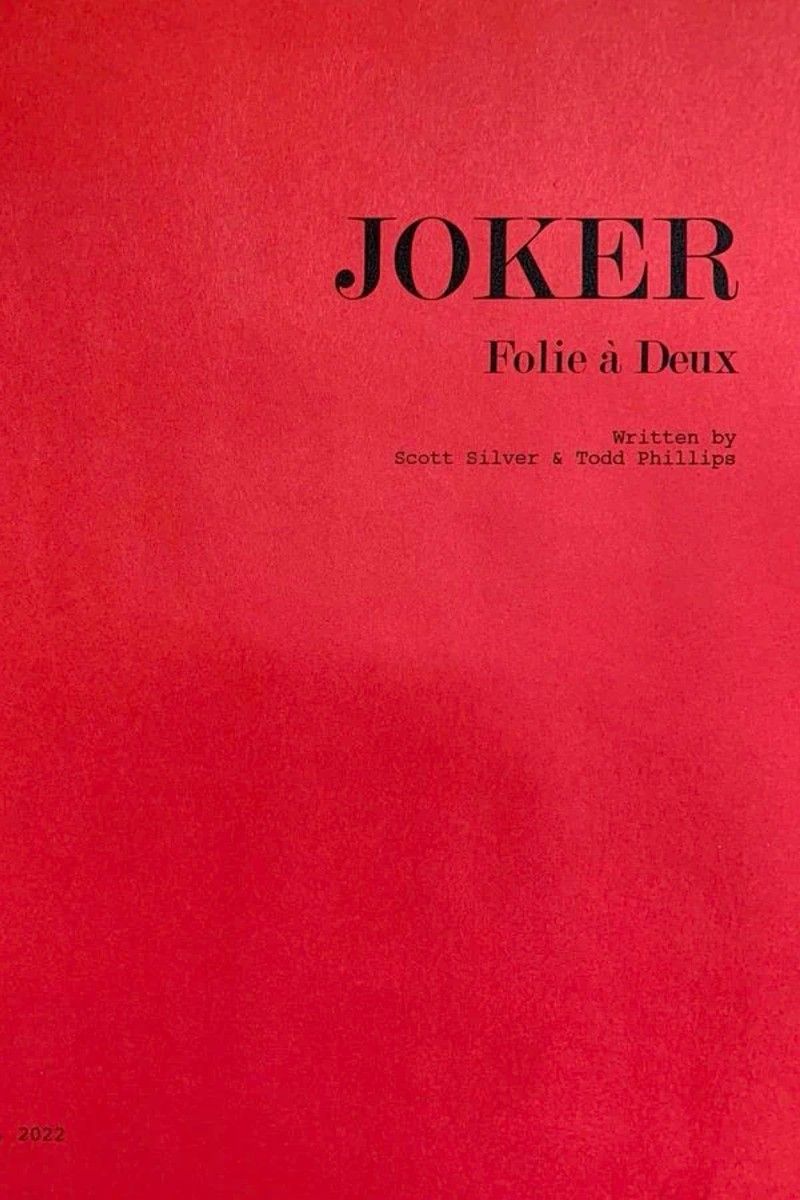The first entry in Christopher Nolan's Dark Knight trilogy, Batman Begins actually contains deeper symbolism that speaks to Nolan's intentions for his take on the character. The cinematic legacy of Batman is perhaps more storied than that of any other hero. Christopher Nolan's contribution began in 2005 with Batman Begins, the first installment in the Dark Knight trilogy. Batman Begins served as a dark and grounded imagining of Batman's established story, delivering more realistic incarnations of not just the titular vigilante but some of the members of his Rogues' gallery, too.
Batman Begins explores Batman's origins, including his training with the League of Shadows and then his eventual return to Gotham to enact his own brand of justice upon the city's criminals. Christopher Nolan's Gotham City was designed as the epitome of urban decay, with economic hardships ravaging Batman's city and forcing desperate citizens into lives of crime. Christian Bale's Batman went up against Gotham's corrupt institutions as well as Scarecrow and Ra's al Ghul, with his personal vendetta against Gotham's criminal underworld transforming into something far more profound as the hero discovers his true calling.
Batman Begins' ending sees the Dark Knight thwart the villains' plan to unleash a fear toxin across the city and cause widespread chaos. Stopping Ra's al Ghul from decimating the city is the final stage in Bruce Wayne's transformation into the iconic hero Batman, cementing his purpose as not just a vigilante but as a symbol of hope and justice for the citizens of Gotham. As the first part of Christopher Nolan's perfect Dark Knight trilogy, Batman Begins' ending primarily sets up its sequel, but the film's final act actually boasts some interesting thematic significance, too.
Why The Microwave Emitter Doesn't Kill Gotham Citizens
Often cited as one of Batman Begins' most glaring plot holes is the microwave emitter, a piece of stolen Wayne Enterprises technology used to disperse Scarecrow's fear gas among Gotham's population. The idea behind the emitter is that it can be used to vaporize a water supply, and Ra's al Ghul has paid to have Scarecrow's fear toxin - which is an inhalant - into Gotham's water. His plan is to use the emitter to vaporize Gotham's water, thereby dispersing the fear gas among the population in a way that it can quickly affect millions. However, the supposed Batman Begins plot hole suggests that the emitter should have also vaporized the water inside the human body, killing everyone in its proximity.
In theory, there's some credence to the idea, but logically, it just doesn't hold up. Lucius Fox explains that the technology was developed as a form of humane warfare, implying that it wasn't intended to have the capacity to kill. This in turn indicates that the emitter is designed specifically not to target water within the human body (which also contains other compounds, and is distinguishable from an actual water supply). Though it may seem natural to suggest the emitter could have exploded several of Gotham's citizens, the most likely explanation is that Fox specifically designed it for the opposite reason.
Ra's Al Ghul's Death Is Batman's Secret Defining Moment
As Ra's al Ghul is Batman Begins' main villain, the conflict between Neeson and Bale's characters is central to the film's story. After selecting Bruce Wayne to train with the League of Shadows and attempting to instill the same morals in him, Ra's al Ghul failed, and returned to Gotham himself to personally destroy the city. This places the one-time student and master at odds with one another, with the fate of Gotham City hanging in the balance. The final confrontation between the two ends with Batman declining to save Ra's al Ghul from death in a full-circle moment that sees the hero discover the boundaries of his moral code.
It makes for an epic conclusion to the pair's fight to the death, and it importantly doesn't break Batman's no-kill rule. It's also Batman's biggest test: he learns the difference between justice and vengeance, and he toes the line between compassion and conviction. It's a moment that sees Batman finally accept the teaching of the League of Shadows, while continuing to eschew their ideas about death and justice. Ra's al Ghul warns Bruce during his training not to show compassion to criminals, and that feeds directly into their final confrontation and Ra's death, making it a defining moment for Batman.
The Wayne Manor Fire Is Symbolic Of Bruce's Transformation
One of the more shocking developments in Batman Begins is the Wayne Manor fire. After crashing Bruce Wayne's party, the League of Shadows set fire to his home with the intention of killing him in the process. Though Bruce is initially trapped in the fire, Alfred rescues him, and the pair narrowly escape with their lives. The fire at Wayne Manor is actually symbolic for Bruce Wayne in Batman Begins, creating a parallel with the character's transformation into Batman.
The fire takes away Bruce Wayne's past and the ties of his former identity. As his home burns, he initially seems to burn with it, but then something awakens in him - something far stronger and harder to kill. As Bruce Wayne's life burns down, Batman emerges from the ashes, and it's only after the fire that he has the strength of conviction to finally stop Ra's al Ghul and Scarecrow from destroying the city. The fire burns away the last vestiges of the life Bruce left behind, and in its place, something new and more hopeful begins to exist.
Batman Begins Is About Overcoming Trauma & Fear
As much of Batman Begins concerns Scarecrow's fear gas, it's not surprising that the film's key themes are overcoming fear and trauma. Batman Begins starts with Bruce falling into a well and being swarmed by bats, prompting his fear of the dark and of the creatures that live there. It's the trauma of losing his parents that drives Bruce to become Batman, and it's his childhood fear that inspires his vigilante persona (which is itself designed to spread fear among Gotham's criminals).
Fear and trauma shape Bruce's character - it's holding onto these that creates issues for him throughout the film. Becoming Batman is Bruce's way of working through his own emotional baggage, because Batman exists independently of the things that hold Bruce back. The journey that Bruce embarks upon in Batman Begins is one of controlling and overcoming his fears and the shadows of his past, instead turning them into Batman's secret weapon in Batman Begins.
The Real Meaning Of Batman Begins' Ending
The ending of Batman Begins subtly refocuses the film's narrative to better fit its place in Nolan's trilogy. The end of Batman Begins' story sees Batman triumph over the League of Shadows and save his city, albeit at a personal cost. Batman Begins' ending sees Bruce more wholly embrace his Batman persona and let go of the idea of Bruce Wayne, becoming the protector he knows Gotham needs him to be.
The final scene between Batman and James Gordon is more than a tease for The Dark Knight - it's a reality check for Batman. Gordon explains to Batman the concept of escalation, telling the vigilante that being a hero will undoubtedly draw more villains to Gotham. Though Bruce Wayne has overcome his issues, Batman has created his own - villains will appear in Gotham in retaliation to Batman's theatrics. This subtly reinforces the idea that Batman's work isn't done: he overcame one villain and one threat, but there's always more to do. Although Batman Begins may end in triumph for its hero, its ending is far from as upbeat and hopeful as might be expected.

